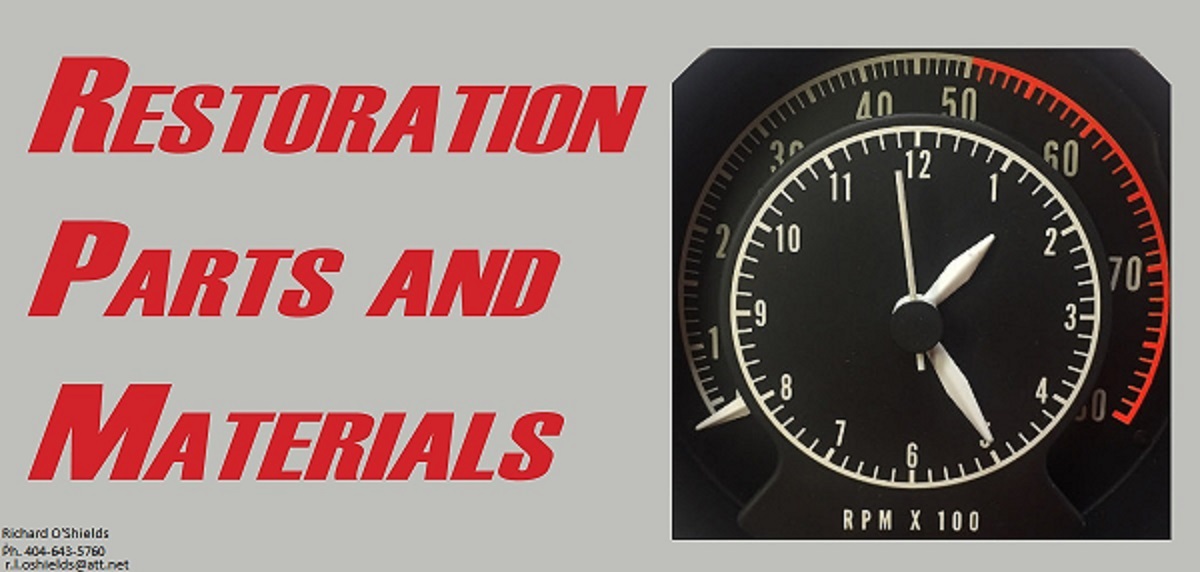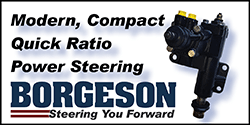C- Bodies Rock
New Member
Usually, it works best to jack up the car to take the load off of the front tires. Center the front tires, and adjust the gear until you can no longer move the adjuster screw. Now back it off 1/4 turn. Start the car and turn the wheel from lock to lock. If resistance is felt, back off the adjuster another 1/4 turn and you should be good to go.
Thanks Davea...I'll give it a whirl..

 Ive always heard of the adjustments being done, Ive never done it, nor have I ever witnessed it being done.
Ive always heard of the adjustments being done, Ive never done it, nor have I ever witnessed it being done.














